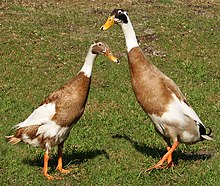Droppings, faeces, dung, poo – call it what you will these are a mainstay in the ecologists fieldcraft for id’ing species, and bats are no different.
Finding bat droppings within barns and lofts, at bat access points and under cracks and holes in trees is a good initial indicator of bat presence at a site. Knowing they are bat droppings is relatively easy, as although they look very similar to mouse droppings, when crushed they easily break down to a fine powder, made of insect carapaces.
You can sometimes determine the species or group of bat species present, purely from their droppings. Until recently this has been fairly tough, relying predominantly on how the droppings look….their colour, size, shape and texture.
Pipistrelle droppings are usually very small and regularly oval shaped, but by eye you can’t tell the difference in droppings between the three different species. Brown long-eared bat droppings are usually longer and twisted, but can often break up at the twists to look like smaller droppings. Serotine droppings are usually ‘bullet’ shaped.
However, there can be substantial differences between droppings from individual bats of the same species, with the diet playing the greatest role.
Brave souls have endeavoured to determine bat species by dissecting bat droppings using a microscope, and using the insect fragments that remain to determine what the -read more


 they say you are never too far from the weird and wonderful in the world and i discover one this phenomenon the other day whilst walking my jack russell-mitzi -around my local estate.whilst walking along glebe meadows ,holsworthy,devon i spotted a duck standing by the gate and a cat sitting beside it i managed too talk to the owner who told me the duck was a 10 month year old indian runner duck who was quite tame as liked sitting by the fire and escorting the postman to the gate.
they say you are never too far from the weird and wonderful in the world and i discover one this phenomenon the other day whilst walking my jack russell-mitzi -around my local estate.whilst walking along glebe meadows ,holsworthy,devon i spotted a duck standing by the gate and a cat sitting beside it i managed too talk to the owner who told me the duck was a 10 month year old indian runner duck who was quite tame as liked sitting by the fire and escorting the postman to the gate.